How to Pair Your Pigeon Breeders—Part 1
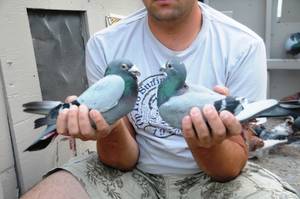 The serious pigeon fancier is always working to improve the performance of his loft and, for that, knowledge of how to pair pigeon breeders is essential. In this three-part series of articles, we will discuss various considerations in pairing pigeon breeders.
The serious pigeon fancier is always working to improve the performance of his loft and, for that, knowledge of how to pair pigeon breeders is essential. In this three-part series of articles, we will discuss various considerations in pairing pigeon breeders.
Evaluate Your Racing Performance Season
To know where you are going, you need to know where you are right now. Take the month of November to review your past season(s) racing performance. Looking at your short races, see how your birds performed in the area of speed.
Then look at your long races. Do you need distance birds? Knowing your current loft performance will help you to evaluate new birds to bring into the loft.
Bringing New Birds into Your Loft
Armed with your knowledge of what your loft needs, you have a couple of choices as to where you can purchase new birds.
The first choice you have is at live auctions. The biggest advantage you have with live auctions is that you can actually see and handle the birds. You can talk face-to-face with the fancier and perhaps learn some additional information that can help you make your purchase decision.
The next choice you have is online auctions. Online auctions are becoming more popular and the biggest advantage I can see is the wide selection they offer. Of course, the biggest disadvantage is the fact that you can’t actually see and handle the birds.
Whether you buy from live or online auctions, don’t limit your choice to a proven bird. Look also to buy youngsters from successful pairs. These young will offer proven genetics that will continue to exhibit past the first generation.
Considerations in Pairing Your Breeders
Type: Distance or Speed
Typically, you want to keep your breeders within the same type, considering the traits of either distance or speed. You would deviate from this if you note, within your loft, a deficiency in a certain type.
For example, if you have a short distance family that has difficulty clocking beyond 150 miles or is able to clock only in the easy races, you need to breed in a distance bird. This is really important in the U.S. where flying regimens include races of 350 to 400 miles for young birds.
By bringing in a little distance blood, you can improve the short distance family’s distance performance without necessarily sacrificing speed, if you bring in a distance bird from within a family that has proven wins at some shorter and faster races.
Take that bird and breed it into the speed family. Then race the youngsters enough to thoroughly evaluate their performance. Finally, breed the best of the youngsters back to the speed family.
You can easily apply this plan for increasing the speed in your distance family. A good example of how successful this can be is the birds of the VanHee lofts.
In this loft, the Motta line of the distance birds were getting too slow for the European races. So, they bought and introduced direct Janssen pigeons, breeding them one time as a cross.
Taking those offspring, which were half-Janssen and half VanHee birds, they bred them back to the VanHee side. This then gave them three-quarter VanHee and one-quarter Janssens. This combination of bloodlines produced many national winners.
In the second part of this series, we will go on to discuss factoring in genetic links when pairing your breeders.
See also How to Pair Your Pigeon Breeders—Part 2 | How to Pair Your Pigeon Breeders—Part 3

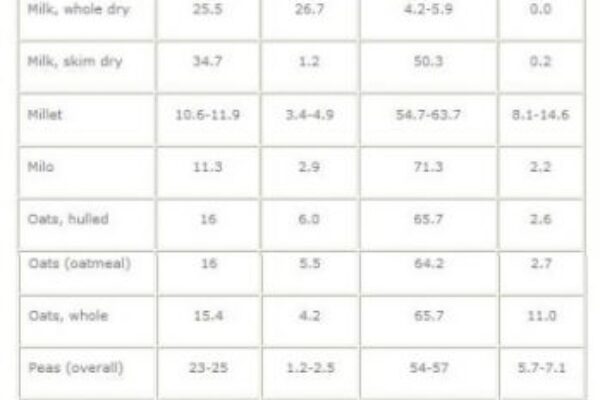

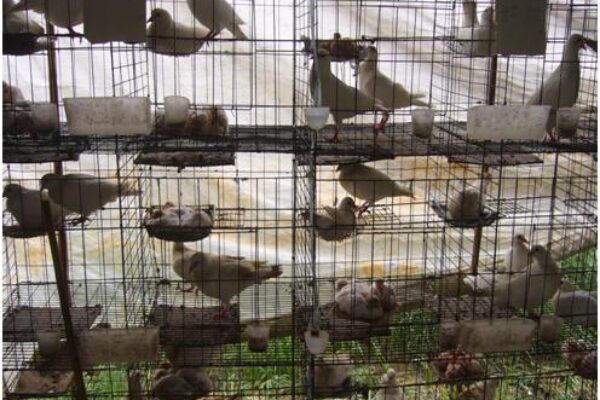

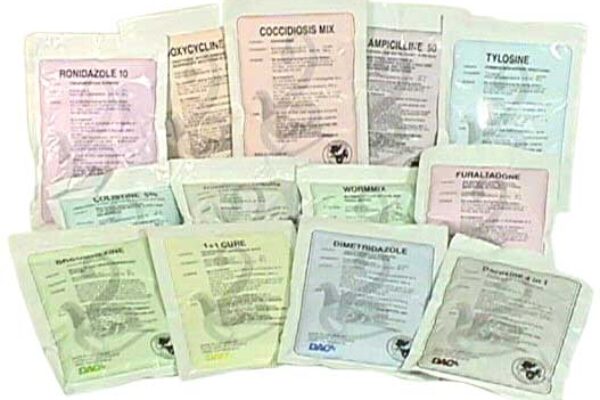
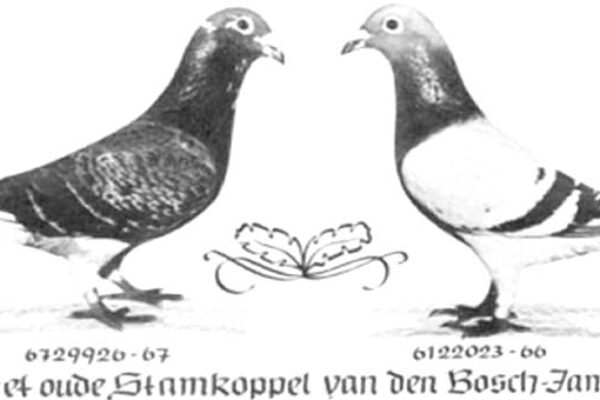


Good article.
i like this its perfect